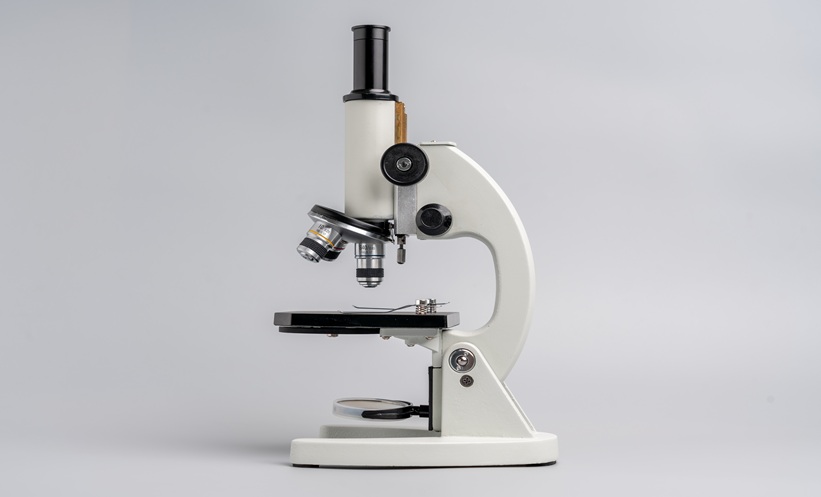Abstract
In recent decades, new chemotherapeutic agents have been introduced in cancer therapy. The skin is often the target for the toxicity of these drugs. Skin side-effects may decrease the compliance and the quality of life of these patients. To cure and to prevent these side-effects dermatologists can cooperate with oncologists. In this paper we propose a brief review of the main toxic skin events caused by chemotherapeutic agents, in particular linked to the epidermal growth factor receptor (EGF-R) inhibitor.
Please view the full content in the PDF above.








